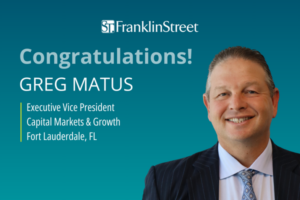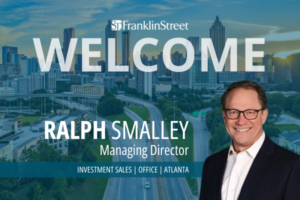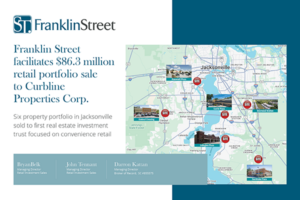Darron Kattan can’t say for sure whether Tampa Bay’s apartment market is heading toward a bubble — but he does see some troubling evidence.
Kattan, managing director at Franklin Street in Tampa, points to Arbor Flats, a garden-style apartment building at 6237 S. Manhattan Ave., in the South of Gandy area. When it was sold to McKinley Group in July 2015, asking rents were $850 per month.
Following a renovation that added new cabinets, wine fridges and stainless steel appliances to units, asking rents have increased 53 percent to $1,299 a month.
“All the new construction is Class A-plus, and every older deal is getting fixed up,” Kattan said. “The entire market is getting value-added, if you will, and there’s going to be some pushback at some point.”
Apartments have been the strongest sector of Tampa Bay’s commercial real estate market for several years, creating thousands of construction jobs and representing millions of dollars in tax revenue for municipalities. Rents have grown steadily — the Bay region has seen 20 straight months of at least 4 percent rent growth, according to data from Cushman & Wakefield of Florida Inc.
The problem, Kattan says, is that salaries aren’t keeping pace with rent hikes — and that could spell trouble for some sectors of the apartment market, potentially slowing construction and investment in this region.
Housing experts say no more than 30 percent of a household income should be spent on housing. The Tampa-St.Petersburg-Clearwater metro area has a median household income of $45,308, according to Census data. That translates to spending up to $1,132 on rent each month.
On average, households in the Tampa Bay region spend 35 percent of their income on housing, according to the Center for Neighborhood Technology.
With hundreds of units under construction and more in the pipeline, Kattan and others have turned a cautious eye toward the region’s apartment market, warning that it could get overbuilt and rents could plummet in the coming months. Besides new construction, investors have been betting big on renovating older buildings and hiking the rent.
Experts see pressure at both ends of the spectrum, in luxury properties and older properties that were purchased by investors and renovated to boost asking rents. Last year, 82 percent of completed apartments in the Bay region were luxury units, according to RentCafe.
Some, like Atlanta-based Pollack Shores Real Estate Group, say that the top end of the market is oversaturated. That group has turned its attention to middle-market apartments instead, focusing on more affordable developments like M South, which just started construction.
Kattan, however, makes an argument for luxury apartment development. Those projects, in and around the urban core, can help attract millennial workers and in turn boost the city’s perception in economic development circles.
Even with rents pushing $2 and up in the urban core, Kattan says the demand for a downtown lifestyle is strong enough to command top-of-market rents. Millennials will afford those with roommates, he said, or they’ll be rented by couples or high-earning individuals.
Kattan said he thinks the riskiest segment of the market right now is the value-add category, when a new buyer renovates a property and hikes the rent.
“If urban infill is more desirable and if we hit oversupply, the first people to get hit will be the suburban complexes,” he said.
But there’s still strong investor appetite for multifamily, particularly in and around the core, which signals the financial sector’s confidence in that market.
“It’s still a better return on bricks and mortar than you can count on in bonds or any other safe investment,” he said. “They can live with lower returns because they don’t know where else to put their money.”



